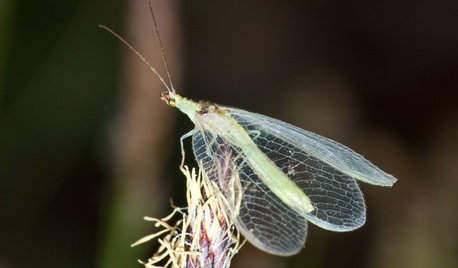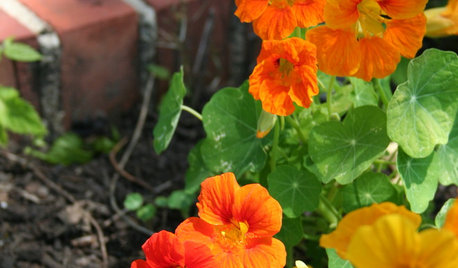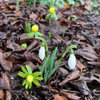Marking perennials to keep from "weeding" them out come spring!
ilovemyroses
11 years ago
Featured Answer
Comments (15)
brit5467
11 years agoRelated Professionals
Harrison Landscape Architects & Landscape Designers · Middle Island Landscape Architects & Landscape Designers · Rancho Palos Verdes Landscape Architects & Landscape Designers · Saint Louis Park Landscape Architects & Landscape Designers · San Juan Landscape Architects & Landscape Designers · Burien Landscape Contractors · Camp Verde Landscape Contractors · Cincinnati Landscape Contractors · Framingham Landscape Contractors · Pahrump Landscape Contractors · Pine Hills Landscape Contractors · Quincy Landscape Contractors · Sammamish Landscape Contractors · Seymour Landscape Contractors · Maplewood Landscape Contractorsilovemyroses
11 years agosunnyborders
11 years agoaachenelf z5 Mpls
11 years agowoodyoak zone 5 southern Ont., Canada
11 years agorouge21_gw (CDN Z5b/6a)
11 years agoken_adrian Adrian MI cold Z5
11 years agorouge21_gw (CDN Z5b/6a)
11 years agoRuth_MI
11 years agorouge21_gw (CDN Z5b/6a)
11 years agoillinoisdoglover
11 years agorouge21_gw (CDN Z5b/6a)
11 years agoTiffany, purpleinopp Z8b Opp, AL
11 years agorouge21_gw (CDN Z5b/6a)
11 years ago
Related Stories

CLOSETSHow to Store Your Clothes to Keep Them Looking Good Longer
Here’s what clothes to fold, what to hang and how to stash your off-season stuff
Full Story
GARDENING GUIDESLet's Weed Out 4 Native Plant Myths
Plant wisely for a garden that supports pollinators and requires less work
Full Story
HOUZZ TOURSHouzz Tour: From Overgrown Weeds to Picturesque Farmhouse Expanse
This once-neglected 100-acre South Carolina site now features a lake, a wood-filled farmhouse and a far-reaching view
Full Story
GARDENING GUIDESLook Out for Lacewings: Beneficial Insects Coming to a Garden Near You
Lacewings are delicate insects that produce alligator-like, hungry offspring that devour aphids and other garden pests
Full Story
GARDENING GUIDESDon’t Let These Excuses Keep You From Gardening
Stop blaming your lack of experience, space, time and funds, and get on with the joy of garden making
Full Story
HEALTHY HOMEHow to Keep Water Vapor From Ruining Your House and Your Health
We help you find out when it’s happening, what it means and how to fix it
Full Story
EDIBLE GARDENSNatural Ways to Get Rid of Weeds in Your Garden
Use these techniques to help prevent the spread of weeds and to learn about your soil
Full Story
FLOWERSGreat Design Plant: Joe Pye Weed
This unsung beauty tolerates wet soil, provides beautiful late summer blooms and attracts butterflies and hummingbirds
Full Story
GARDENING GUIDES5 Ways to Naturally Win the Weed War
Show irksome weeds no mercy with these tricks for combating them sans chemicals
Full Story
GARDENING GUIDES5 Weed-Smothering Ground Covers
Let these landscape plants do the dirty work of choking out weeds while you sit back and enjoy the view
Full StorySponsored
More Discussions










rouge21_gw (CDN Z5b/6a)